The presence of Goddesses and powerful women in Greek mythology is vast; in fact, it is not inferior to that of men, and in many instances, it surpasses it.
Goddesses, monsters, muses, heroines, and dynamic lovers and wives often prove to be not only equals but even more potent than their male counterparts.
While classical Greek society may have been male-dominated, it’s crucial to remember that mythology predates this era by several centuries.
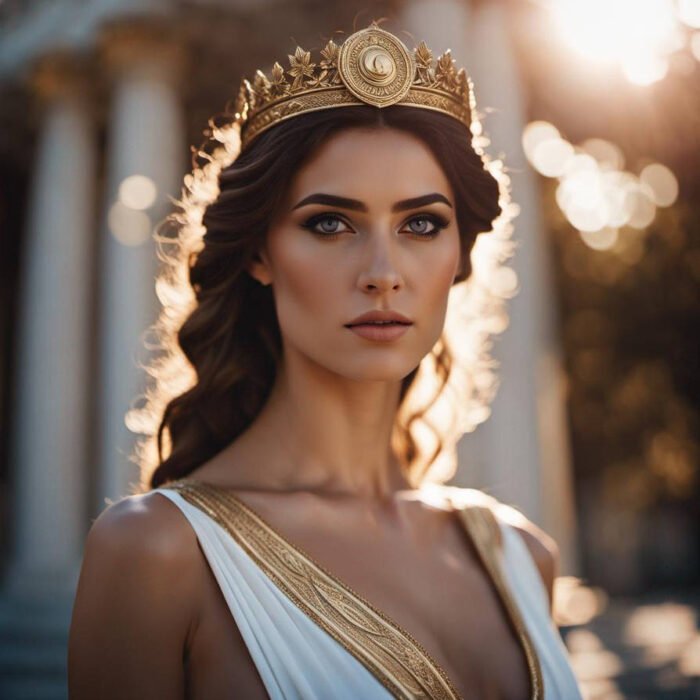
Judging by the significant roles women played, one can argue that it was anything but male-dominated.
Female figures were prominent and, on many occasions, rivaled men, showcasing strength and resilience.
Yet, it’s essential to acknowledge the distinctive characteristics of the feminine gender, which triumphed magnificently in the tales of Greek mythology.
Powerful Women in Greek Mythology

Greek mythology unfolds a rich tapestry adorned with powerful and captivating female figures, each weaving a distinct thread in the intricate narratives of gods, heroes, and mortals.
These women are not mere bystanders but influential forces, shaping destinies, imparting wisdom, and leaving an indelible mark on the mythological landscape.
Through their courage, cunning, and grace, these mythical women contribute to the vibrant mosaic of Greek mythology, adding depth and complexity to the timeless stories that continue to resonate across cultures and generations.
Here are some notable women from Greek mythology:
- Hera: The queen of the gods and the wife of Zeus, Hera is a powerful figure associated with marriage and family. She is known for her jealous and vengeful nature, especially against Zeus’s numerous lovers and their offspring.
- Athena: The goddess of wisdom, warfare, and crafts, Athena is one of the twelve Olympian deities. She is often portrayed as a strategic and wise goddess, protecting heroes like Odysseus and Perseus.
- Artemis: The goddess of the hunt, wilderness, and wild animals, Artemis is Apollo’s twin sister. She is a fierce and independent deity who is often associated with protecting young women and wildlife.
- Aphrodite: The goddess of love, beauty, and fertility, Aphrodite is born from the sea foam and is considered one of the most beautiful goddesses. She plays a significant role in the Trojan War, notably in the stories of Paris, Helen, and the Judgement of Paris.
- Persephone: The daughter of Demeter, Persephone becomes the queen of the Underworld after being abducted by Hades. Her story is often associated with the changing seasons, as her time in the Underworld corresponds to winter.

Medusa - Medusa: Once a beautiful woman, Medusa is cursed by Athena and transformed into a Gorgon with snakes for hair. Her gaze turns people to stone. Perseus ultimately defeats her, using her severed head as a weapon.
- Circe: A sorceress in Greek mythology, Circe is known for her ability to transform men into animals. She appears in Homer’s “Odyssey,” where she turns some of Odysseus’s crew into swine before later aiding him on his journey.
- Hecate: The goddess of magic, witchcraft, and the night, Hecate is often depicted as a three-headed figure. She is associated with crossroads and is believed to have the ability to see into the future.
- Demeter: The goddess of the harvest and fertility, Demeter is also associated with the cycle of life, death, and rebirth. The story of her daughter Persephone’s abduction by Hades is central to explaining the changing seasons.
- Hestia: The goddess of the hearth, home, and family, Hestia is one of the twelve Olympian deities. She represents the warmth and security of domestic life.
- Rhea: A Titaness and the mother of the Olympian gods, Rhea is often associated with motherhood and fertility. She plays a crucial role in protecting her children from their father, Cronus.
- Gaia: The primordial Earth goddess and mother of all life, Gaia is a powerful force in Greek mythology. She is the mother of the Titans and plays a role in various creation myths.
- Cassandra: A princess of Troy with the gift of prophecy, Cassandra is cursed by Apollo when she spurns his advances. Despite her accurate prophecies, no one believes her.
- Andromeda: A princess chained to a rock as a sacrifice to a sea monster, Andromeda is saved by Perseus. She later becomes his wife.
- Nyx: The primordial goddess of the night, Nyx is a powerful and mysterious figure associated with darkness and shadows.
- Thetis: A sea nymph and mother of Achilles, Thetis plays a crucial role in the Trojan War, seeking to protect her son from his prophesied fate.
- Ariadne: Daughter of King Minos, Ariadne aids Theseus in navigating the Labyrinth and defeating the Minotaur. She later becomes the wife of the god Dionysus.
- Atalanta: A skilled huntress and warrior, Atalanta is known for her speed and prowess. She joins the Argonauts on their quest for the Golden Fleece.
- Helen of Troy: The face that launched a thousand ships, Helen’s beauty is at the center of the Trojan War. Her abduction by Paris sparks the epic conflict.
- Medea: A sorceress and wife of Jason, Medea’s story is one of betrayal and revenge. She is known for her cunning and powerful magical abilities.
- Pandora: The first woman created by the gods, Pandora is known for opening a jar (often referred to as a box) and releasing all the evils into the world. Only hope remains inside the jar.
- Femininity in Greek mythology: The concept of femininity in Greek mythology is multifaceted, represented by various goddesses, nymphs, and mortal women. It explores themes of beauty, fertility, wisdom, and power.
- Hippolyta: Queen of the Amazons, Hippolyta is a formidable warrior and a character often associated with Heracles’ Twelve Labors, specifically the quest for her girdle.
- Penelope: The wife of Odysseus, Penelope is known for her fidelity and cleverness. She weaves and unravels a shroud for her husband during his long absence.
- The Amazons: A tribe of warrior women in Greek mythology, the Amazons are often depicted as fierce and independent. They play roles in various myths, including the Labors of Heracles and the Trojan War.

Clytemnestra - Clytemnestra: The wife of King Agamemnon, Clytemnestra is a complex character who plays a pivotal role in the aftermath of the Trojan War, including the famous tale of her revenge.
These strong women, among others, contribute to the rich tapestry of Greek mythology, showcasing a diverse range of personalities, strengths, and roles in the complex world of ancient Greek storytelling.
More Female figures of Greek Mythology
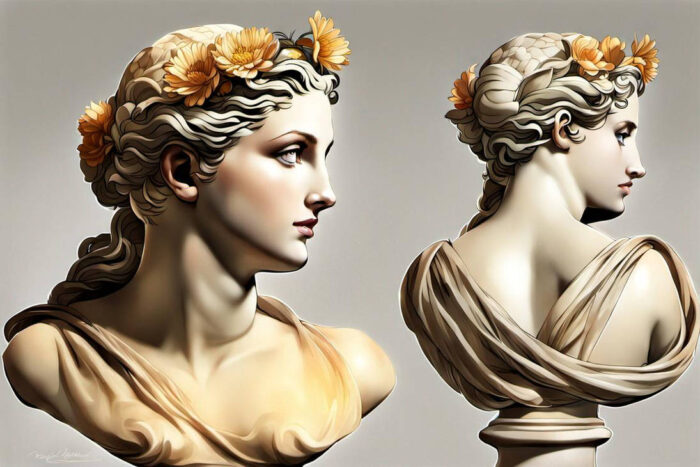
But this isn’t all, not at all. There are thousands of other female figures who participated in the endless tapestry of myths, stories, and love affairs.
And we don’t mean just ordinary women but significant females of the extraordinary Greek Mythology.
Here’s another extensive list encompasses with nymphs, female monsters, heroines, and various other female characters found in Greek mythology.
- Achelois: A collective term referring to water nymphs, as seen in Columella, where the companions of the Pegasids are referred to as Acheloides.
- Aeolus: Aeolus is credited with controlling and directing the winds, playing a crucial role in influencing the weather and sea conditions.
- Alcestis: Alcestis, in Greek mythology, sacrificed herself for her husband Admetus. Rescued by Heracles from the underworld, her story symbolizes love and sacrifice.
- Alcmena: The mother of the hero Heracles in Greek mythology, conceived through a union with Zeus in the guise of her husband, Amphitryon.
- Alcyone: Daughter of Aeolus, became a kingfisher after her husband Ceyx perished in a shipwreck. The tale is associated with the concept of “halcyon days,” a period of calm believed to coincide with the nesting of kingfishers.
- Amalthea: Amalthea nurtured the infant Zeus on Crete, often depicted as a nymph or goat. Her horn symbolizes abundance, linked to the Cornucopia.
- Amphitrite: A sea goddess and wife of Poseidon, reigns as queen of the sea in Greek mythology.
- Ananke: A goddess that personifies necessity and fate, governing the course of events for both gods and mortals.
- Andromache: A Trojan princess, wife of Hector, faces tragedy after the fall of Troy, becoming a widow and later a slave to Achilles’ son, Neoptolemus.
- Antigone: The daughter of Oedipus, defies King Creon’s decree to bury her brother, emphasizing moral duty over law in Greek mythology.
- Aoede: A Muse in Greek mythology, specializing in song and voice, inspiring creativity in artists, poets, and musicians. (Greek: Ωδή)
- Arachne: Arachne, known for her weaving prowess, challenged Athena in a contest. Transformed into a spider for her audacity, the myth warns against challenging divine authority.
- Astraea: A goddess of justice, lived among humans during the Golden Age before ascending to the heavens as the constellation Virgo.
- Ate: Ate embodies blind folly and mischief in Greek mythology, tempting individuals into unwise decisions that lead to ruin.
- Atropos: One of the Moirai, cuts the thread of life in Greek mythology, symbolizing the inevitability and finality of death.
- Briseis: A central figure in the Trojan War, was captured by Achilles and became his mistress, sparking a conflict over honor in Homer’s “Iliad”
- Ceto: A sea goddess in Greek mythology, is the mother of monstrous sea creatures, including the Gorgons and Echidna. She symbolizes the primal forces of the chaotic sea.
- Calliope: The eldest of the Muses, is associated with epic poetry and eloquence in Greek mythology, inspiring poets and writers.
- Clymene: A figure in Greek mythology, is associated with the ocean and is sometimes considered the mother of Atlas, Prometheus, and Epimetheus.
- Daphne: Daphne, pursued by Apollo, prayed to be saved and transformed into a laurel tree to escape his advances, giving rise to the association of laurel with victory in Greek mythology.
- Dione: Dione is a figure in Greek mythology, associated with the oracle of Dodona and occasionally considered the mother of Aphrodite.
- Doris: A sea nymph in Greek mythology, is the wife of Nereus and mother of the Nereids, embodying the elemental aspects of the sea.

Echidna - Echidna: A monstrous creature in Greek mythology, is known as the “Mother of All Monsters” and is the mother of legendary creatures like the Chimera, Cerberus, and the Sphinx.
- Electra: Daughter of Agamemnon and Clytemnestra, is central to the tragic events of the House of Atreus, seeking revenge for her father’s murder.
- Eileithyia: A goddess in Greek mythology, is associated with childbirth and labor pains, aiding in the safe delivery of infants.
- Elara: A mortal princess in Greek mythology, mothered the giant Tityos after conceiving him with Zeus, adding to the intricate tapestry of divine relationships.
- Electryone: A minor figure in Greek mythology, mentioned as one of the Oceanids, nymphs associated with the ocean. Specific details about her myths are limited.
- Eos: A Titaness in Greek mythology, is the goddess of the dawn. Sister to Helios and Selene, she heralds the arrival of the sun, symbolizing the beauty of the dawn.
- Eris: A goddess in Greek mythology, is associated with discord and chaos. Her infamous act involving the “Apple of Discord” triggered the events leading to the Trojan War.
- Euryale: One of the Gorgons in Greek mythology, possesses a petrifying gaze like her sister Medusa. She is the mortal sister of Medusa and Stheno, encountered by the hero Perseus during his quest.
- Eurydice: A nymph, tragically died after her wedding to the musician Orpheus. In an attempt to bring her back from the Underworld, Orpheus looked back, losing her forever. Their tale is a poignant story of love, loss, and the consequences of defying divine conditions.
- Euterpe: A Muse in Greek mythology, is associated with music, song, and lyric poetry. The daughter of Zeus and Mnemosyne, she inspires artists and poets in the creation of harmonious works.
- Harmonia: A goddess in Greek mythology, symbolizes harmony and concord. Daughter of Ares and Aphrodite, her marriage to Cadmus is one of the few unions in Greek mythology that ended well. The famous “Harmonia’s Necklace” is associated with both fortune and misfortune in various myths.
- Hecuba: Queen of Troy during the Trojan War, faces tragic losses as the city falls to the Greeks. Her life takes a sorrowful turn, marked by resilience and the devastating consequences of war.
- Hemera: A primordial goddess, is associated with daylight and is the daughter of Erebus and Nyx. Her emergence heralds the arrival of daylight in the cycle of day and night.
- Hygeia: A goddess in Greek mythology, is associated with health and hygiene. As the daughter of Asclepius, the god of medicine, she played a role in rituals and cults focused on well-being. The word “hygiene” derives from her name.
- Iris: A goddess in Greek mythology, is the personification of the rainbow and a messenger of the gods. With wings, she swiftly delivers messages between the divine and mortal realms, playing a vital role in various myths.
- Io: A mortal woman transformed into a white heifer by Zeus to protect her from Hera’s jealousy. Tormented by a gadfly, Io wanders the world until reaching Egypt, where she is restored to her human form. The myth illustrates divine relationships and transformations.
- Iphigenia: The daughter of Agamemnon and Clytemnestra, becomes a tragic figure in Greek mythology as she is sacrificed to appease Artemis and ensure a favorable wind for the Greek fleet heading to Troy.
- Isis: Isis is not a prominent figure in Greek mythology; she is an ancient Egyptian goddess associated with magic, healing, and fertility, known as the sister-wife of Osiris.
- Lachesis: One of the Moirai in Greek mythology, responsible for measuring the thread of life and determining the length of each person’s destiny. Along with her sisters Clotho and Atropos, she plays a crucial role in shaping the fate of mortals.
- Leda: Zeus, in the form of a swan, is said to have seduced or raped her, leading to the birth of Clytemnestra, Castor, Pollux, and Helen. The story explores themes of divine intervention and its consequences.
- Leto: The goddess mother of Apollo and Artemis. She faced challenges during her pregnancy due to Hera’s jealousy but found sanctuary on the island of Delos. Leto is often depicted as a nurturing and protective mother, emphasizing her role in motherhood and childbirth.
- Maia: A nymph and one of the Pleiades, is best known as the mother of Hermes, the messenger of the gods. Daughter of Atlas and Pleione, Maia is associated with spring and growth, reflecting her role in the natural world.
- Melinoe: A mysterious figure in Greek mythology associated with ghosts and the underworld. Daughter of Persephone and Zeus or Hades, she invokes fear and madness. Melinoe represents the eerie and unsettling aspects of the afterlife.
- Melpomene: One of the Muses in Greek mythology, specializing in tragedy. Daughter of Zeus and Mnemosyne, she inspires and oversees the creation of tragic plays, symbolizing the dramatic and mournful aspects of this artistic genre.
- Nausicaa: A character in the “Odyssey,” known for her kindness and hospitality. The daughter of King Alcinous and Queen Arete of the Phaeacians, she discovers Odysseus on the beach and assists him, symbolizing virtue and femininity in the epic.
- Nemesis: a goddess associated with retribution and divine justice. The daughter of Nyx, she ensures that individuals face consequences for hubris. Depicted as a winged goddess with a whip or scales, Nemesis symbolizes the balance of justice and the inevitability of retribution.
- Nike: The Greek goddess of victory, is often depicted as a winged figure symbolizing triumph. Associated with success in athletics and warfare, Nike’s enduring imagery has influenced various aspects of ancient Greek culture and continues to be recognized in the modern world.
- Niobe: Queen of Thebes, faced divine punishment for boasting about her children. Apollo and Artemis, in response, slew all her offspring. Overwhelmed with grief, Niobe transformed into a stone statue, serving as a cautionary tale against pride in the presence of the gods.
- Oenone: A nymph, was Paris’s first wife before he left her for Helen. Tragedy ensued when Paris sought her healing during the Trojan War, and Oenone, in grief, refused, leading to her own tragic end. The story explores themes of love, betrayal, and the consequences of choices in Greek mythology.
- Pasiphae: The daughter of Helios, became queen of Crete through marriage to King Minos. Cursed to fall in love with a white bull, she sought the help of Daedalus to satisfy her desire, leading to the birth of the Minotaur. Pasiphae’s story explores tragic consequences and the impact of divine curses in Greek mythology.
- Polyhymnia: One of the Muses in Greek mythology, is specifically the Muse of sacred poetry, hymn, and eloquence. Depicted in a thoughtful pose, she serves as a source of inspiration for poets and musicians, contributing to the cultural and artistic achievements of ancient Greece.
- Polymnia: Another name for Polyhymnia, Her name is derived from the Greek words “poly,” meaning many, and “hymnos,” meaning hymn. As a Muse, she played a crucial role in inspiring the arts and cultural achievements of ancient Greece.
- Psyche: A mortal woman, experiences a love story with Eros, the god of love. Faced with trials due to Aphrodite’s jealousy, Psyche’s successful completion leads to her attaining immortality and uniting with Eros. The myth symbolizes the transformative nature of love and the journey of the soul towards enlightenment.
- Selene: The goddess of the moon in Greek mythology, is often depicted riding a chariot drawn by two horses, illuminating the night sky. Daughter of Titans Hyperion and Theia, she is a sister to Helios and Eos. Selene is associated with the moon phases, embodying the various stages of the lunar cycle and playing a significant role in the ancient Greek cosmos.
- Styx: A goddess associated with the sacred river of the Underworld bearing the same name. She personifies oaths and promises, with the river serving as a boundary between the mortal world and the Underworld. Gods swore binding oaths by the river’s waters, making Styx a symbol of unbreakable commitments and the boundary of the afterlife.
- Terpsichore: A Muse in Greek mythology associated with dance and choral singing. Depicted gracefully dancing or holding a lyre, she played a vital role in inspiring and guiding artistic endeavors in these forms. Terpsichore, alongside her sisters, contributed to the cultural and artistic achievements of ancient Greece.
- Thalia: One of the Muses in Greek mythology, specializes in comedy and idyllic poetry. Depicted with a comic mask, a shepherd’s crook, or a wreath of ivy, she played a crucial role in inspiring and guiding those engaged in humorous and light-hearted artistic expressions. Thalia, alongside her sisters, contributed to the cultural and artistic achievements of ancient Greece, fostering creativity in the realm of comedic and idyllic performances.
- The Moirai (Fates):The Moirai, Greek word for Fates, are three sisters in Greek mythology—Clotho, Lachesis, and Atropos—responsible for controlling human destiny and the thread of life.
- Clotho is the spinner, responsible for spinning the thread of life. She represents the beginning of life.
- Lachesis is the measurer, determining the length of the thread. She represents the unfolding of life, including its various events and experiences.
- Atropos is the cutter, responsible for deciding the end of life by cutting the thread. She represents the inevitability of death.
Together, the Moirai embody the concept of fate and the inescapable destiny of all living beings. Their presence emphasizes the idea that life is predetermined, with each sister contributing to a different aspect of the human experience.
- The Horae:The Horae, in Greek mythology, are three sisters—Dike, Eirene, and Eunomia—associated with the seasons and natural order.
- Dike is the goddess of justice, symbolizing moral order and righteousness.
- Eirene is the goddess of peace, representing the tranquility and harmony that follows order.
- Eunomia is the goddess of good order and governance, embodying the concept of lawful conduct and societal order.
The Horae are often linked to the changing seasons, reflecting the cyclical nature of time and the importance of maintaining balance and order in various aspects of life.
- The 9 Muses:The nine Muses in Greek mythology are goddesses of the arts and sciences, each overseeing a specific domain of human creativity and knowledge. Here is the complete list:
- Clio – Muse of history.
- Euterpe – Muse of music and lyric poetry.
- Thalia – Muse of comedy and idyllic poetry.
- Melpomene – Muse of tragedy.
- Terpsichore – Muse of dance and choral singing.
- Erato – Muse of love poetry.
- Polyhymnia – Muse of sacred poetry, hymn, and eloquence.
- Calliope – Muse of epic poetry and eloquence.
- Urania – Muse of astronomy.
Collectively, the Muses played a crucial role in inspiring and guiding artists, writers, and scholars, contributing to the cultural and artistic achievements of ancient Greece.
- Tyche: Tyche is the Greek goddess of fortune, chance, and prosperity. Depicted with a wheel symbolizing luck, she played a role in shaping the outcomes of human events, bringing both good and bad fortune. Tyche’s influence extended to gambling and the capricious nature of fate, reflecting the Greeks’ acknowledgment of life’s uncertainties.

Andromeda - Andromeda: Is a princess in Greek mythology, known for being rescued by Perseus from a sea monster. The myth is a classic tale of heroism and the triumph of good over evil, with Andromeda symbolizing beauty and the damsel in distress. Andromeda Galaxy is named after the princess Andromeda from Greek mythology.
Did we forget some? Of course, we forgot thousands, and it is normal, as we cannot remember every figure or name in the endless list of female characters referred to in Greek Mythology with its thousands of stories. Forgive us.
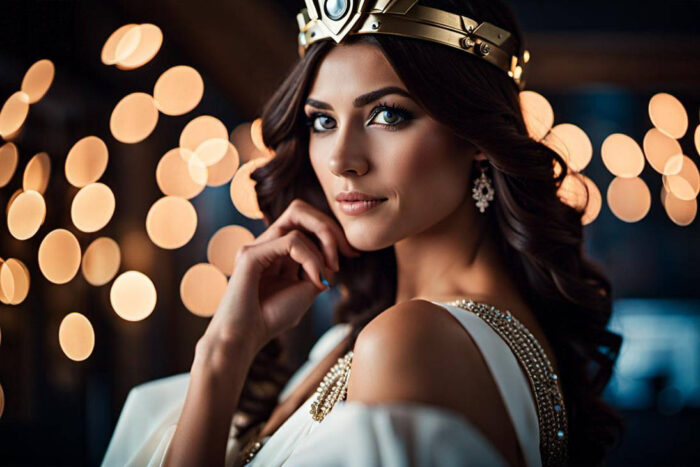
Wrapping Up
The female presence in Greek mythology is extensive and diverse, featuring a myriad of powerful and intriguing figures that contribute significantly to the narratives of gods, heroes, and mortals.
Goddesses such as Hera, Athena, and Aphrodite wield immense influence, representing various aspects of life, wisdom, and love.
Heroines like Atalanta, Medea, and Penelope display strength, intelligence, and resilience in the face of challenges.
Additionally, monstrous figures like Medusa and mythical beings such as nymphs and muses add layers of complexity to the mythological tapestry.
Women in Greek mythology are not relegated to passive roles; they often take center stage, shaping destinies, imparting wisdom, and displaying strengths that rival or surpass their male counterparts.
Despite the historical backdrop of a predominantly male-centric society, the mythological realm presents a different narrative.
The diversity of female characters, their roles, and the unique attributes associated with the feminine gender contribute to the richness and enduring appeal of Greek mythology.





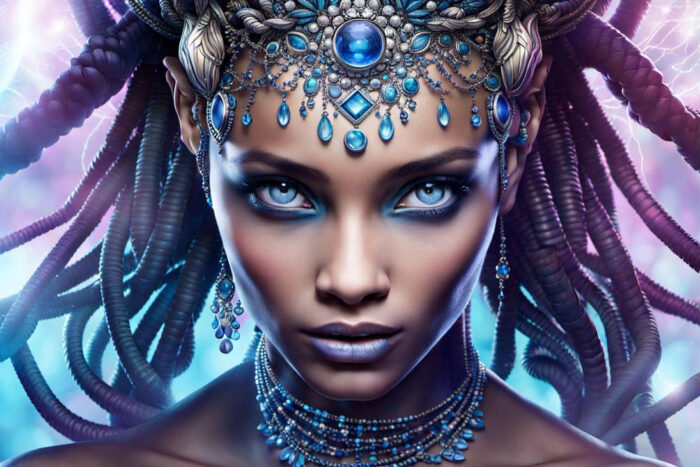

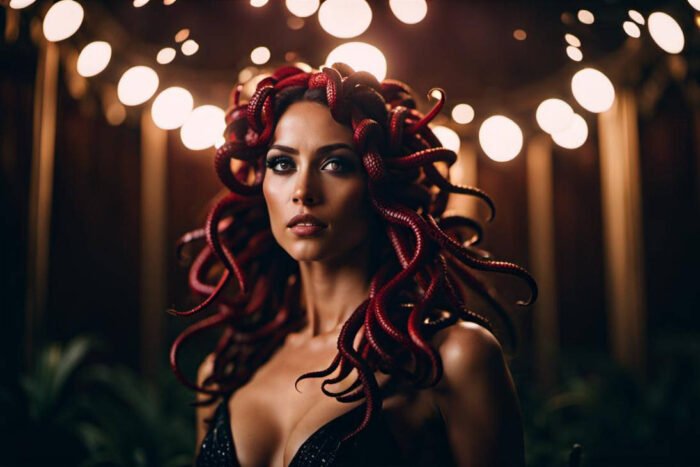

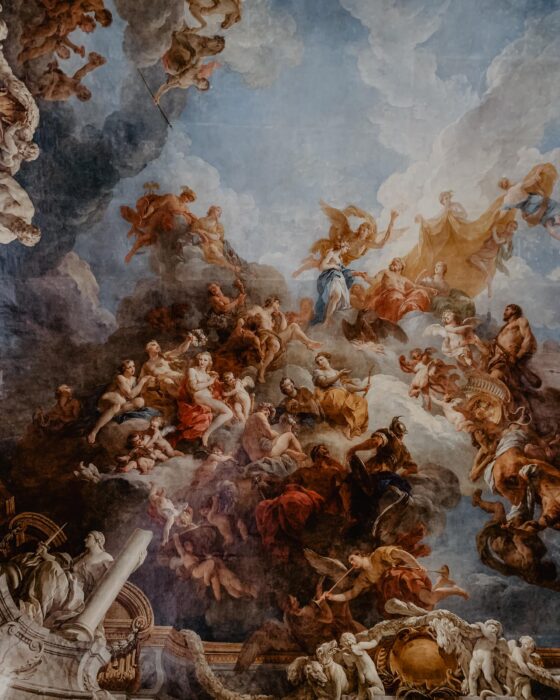
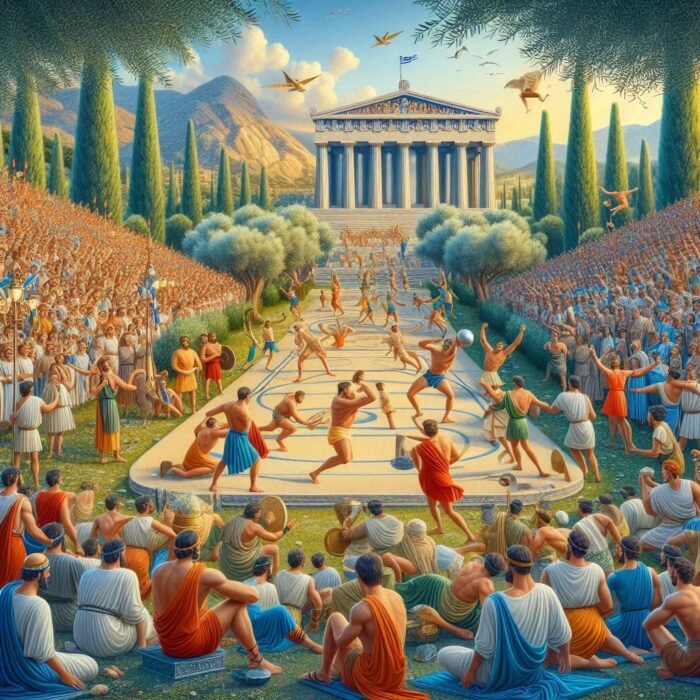



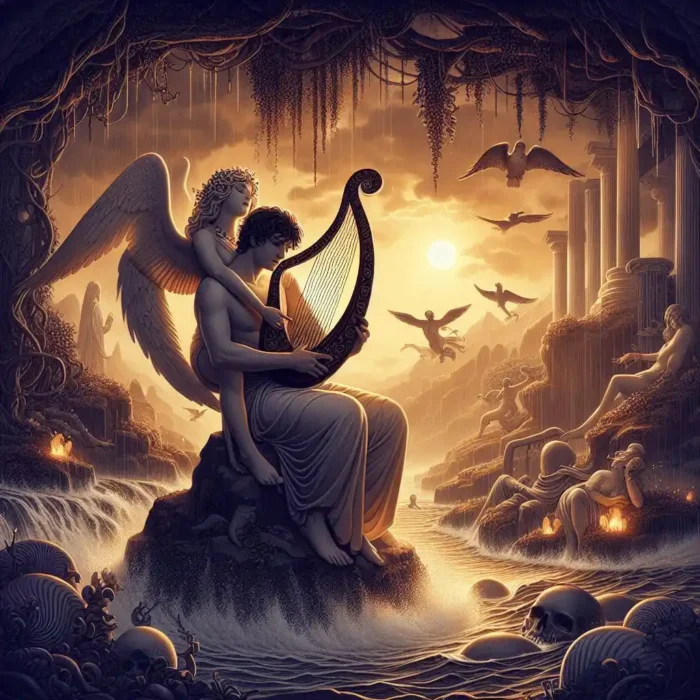
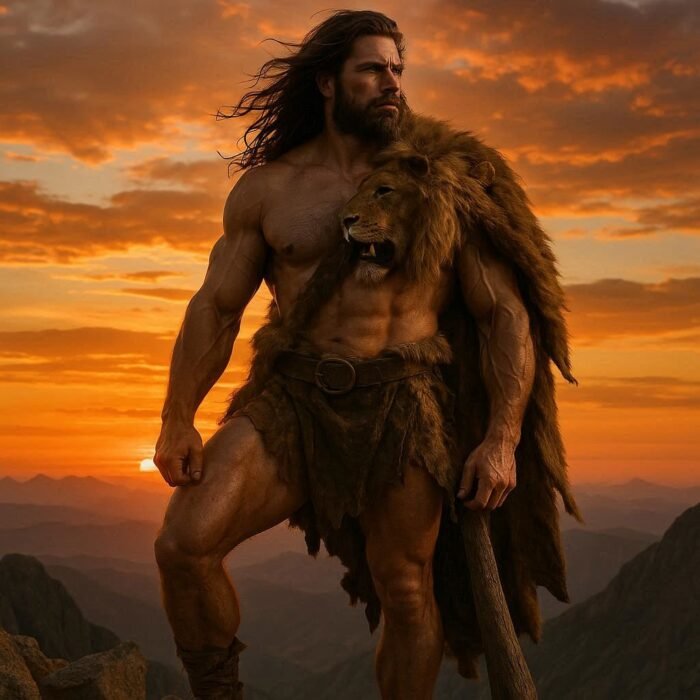


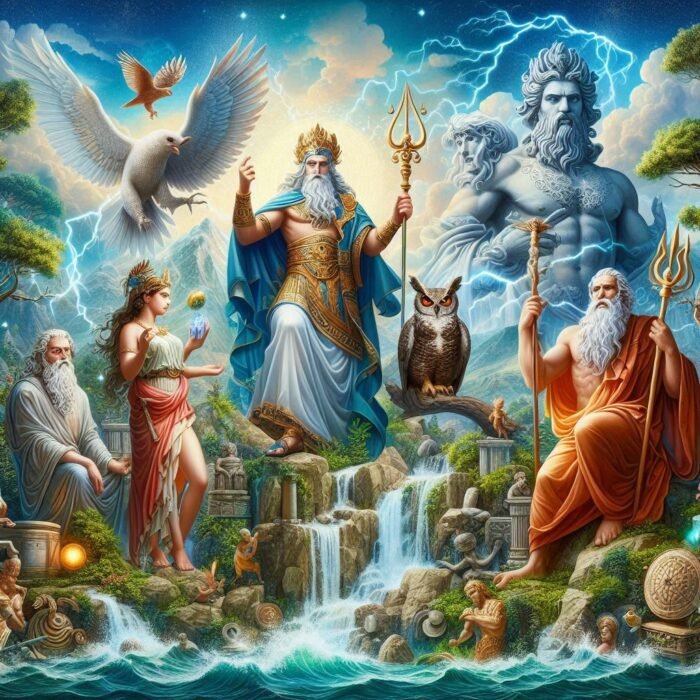
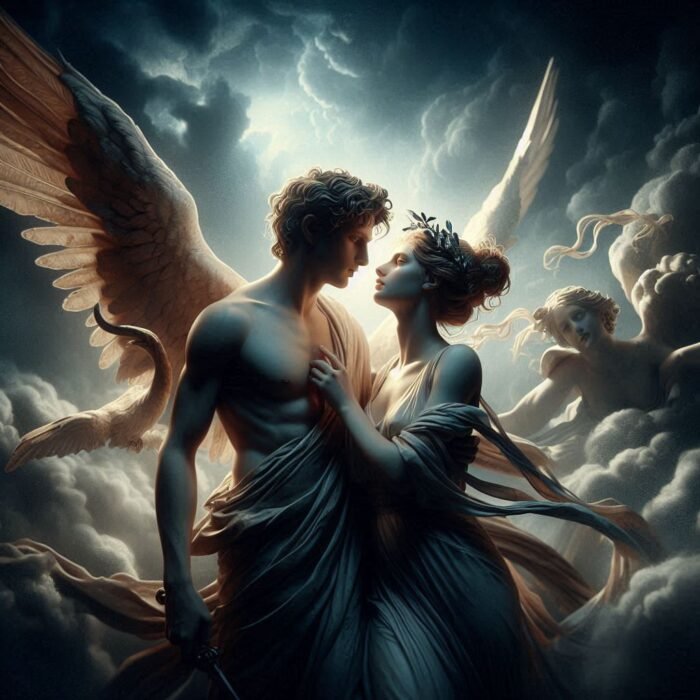
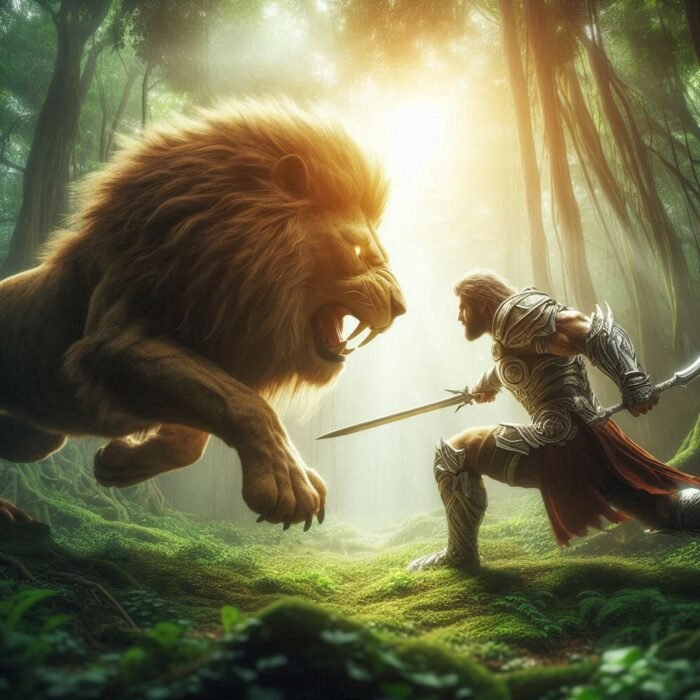
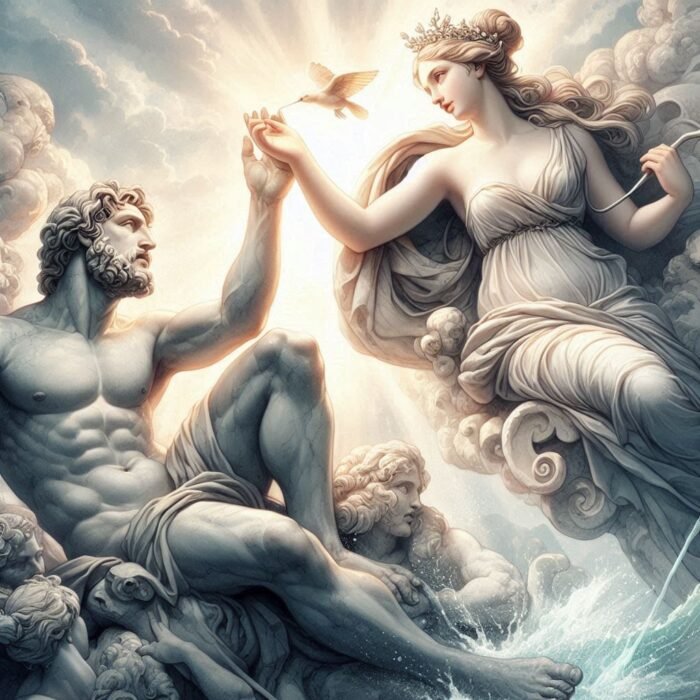

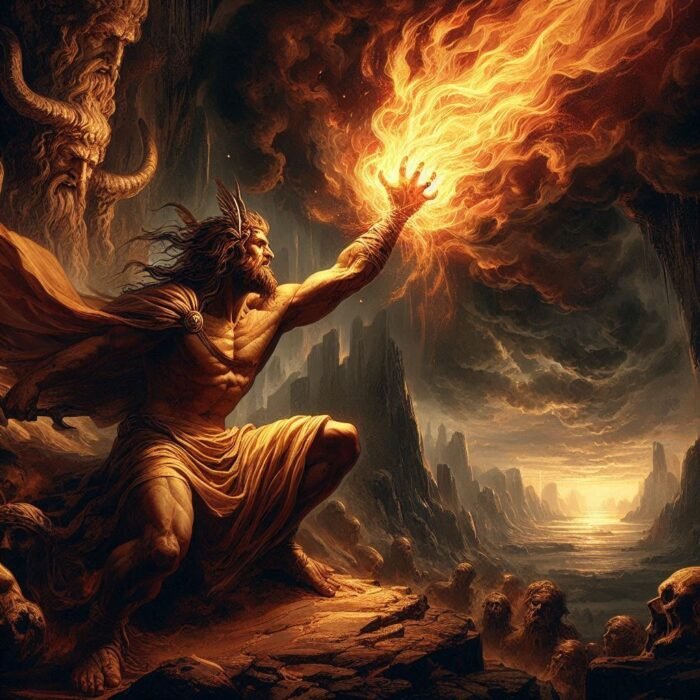
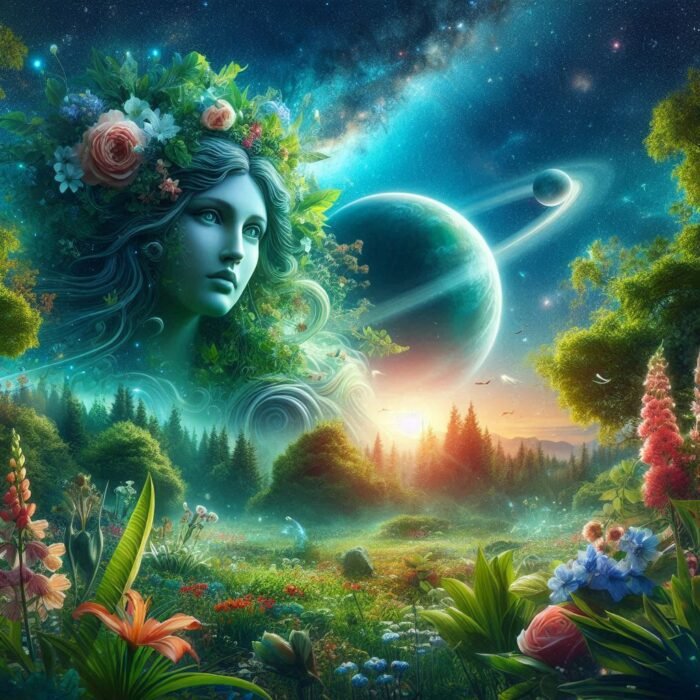
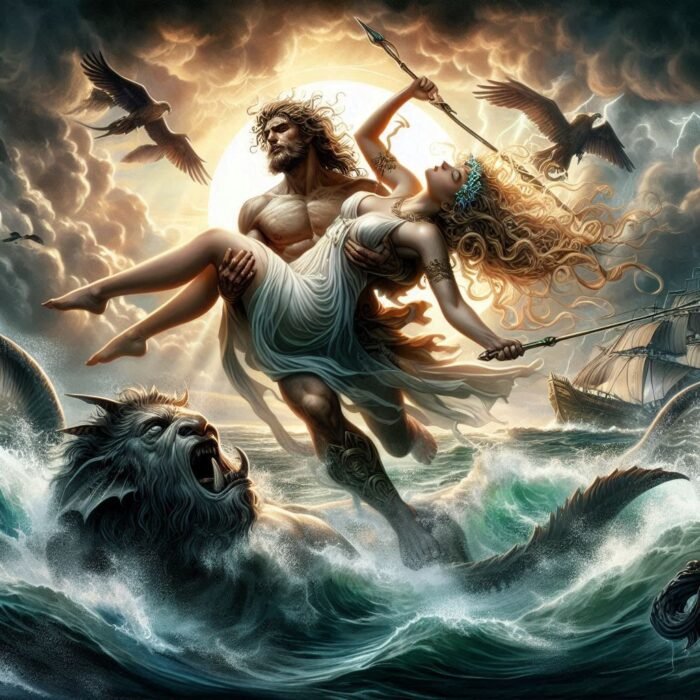
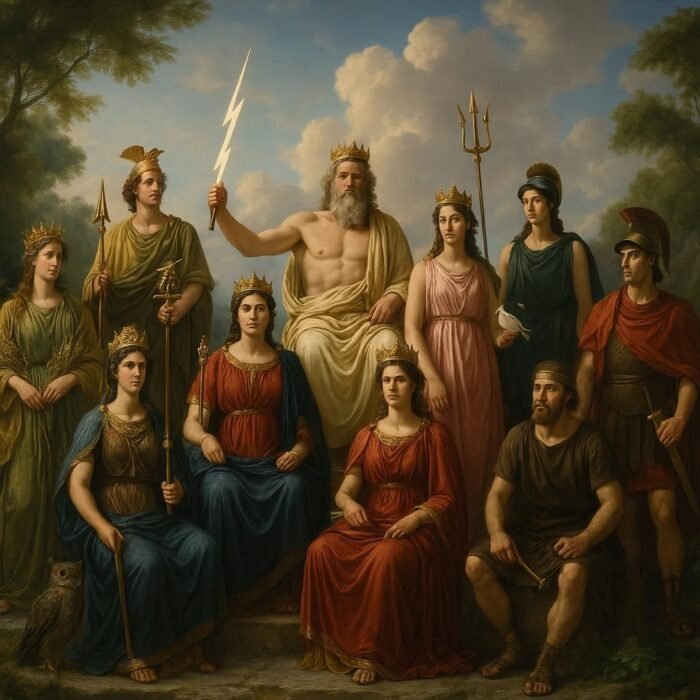



Comments